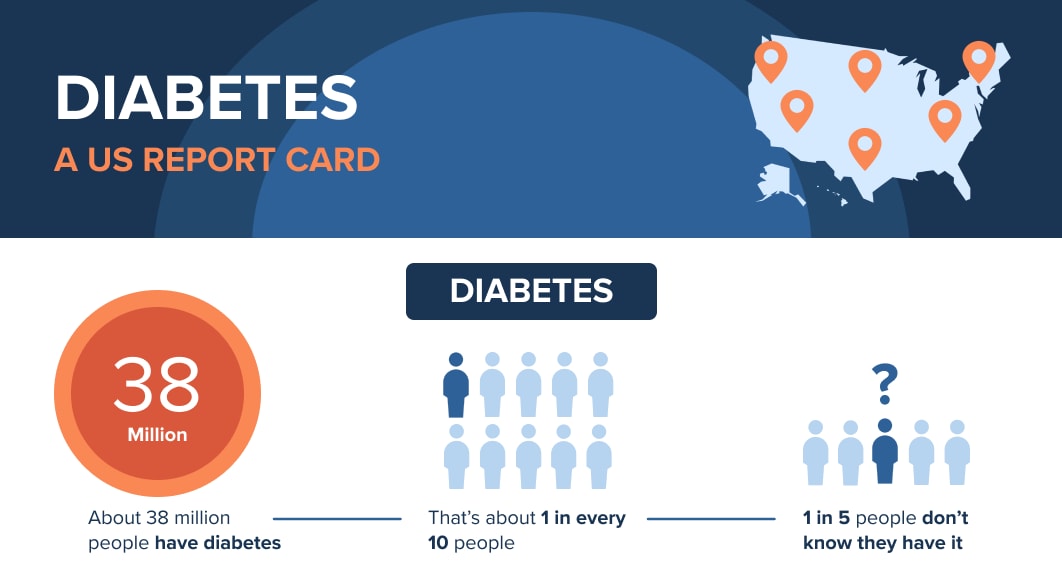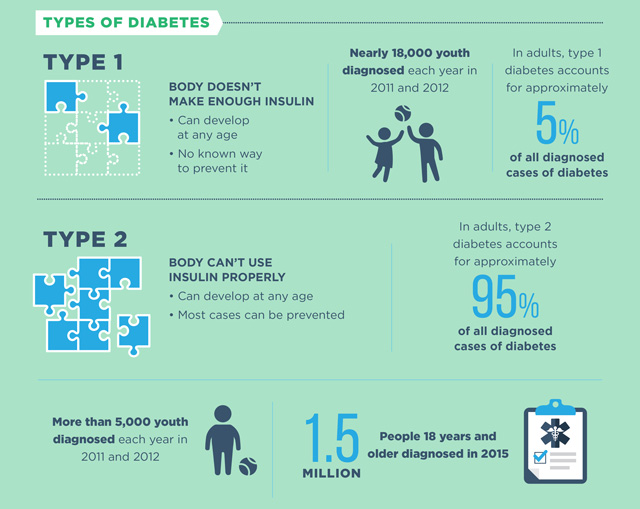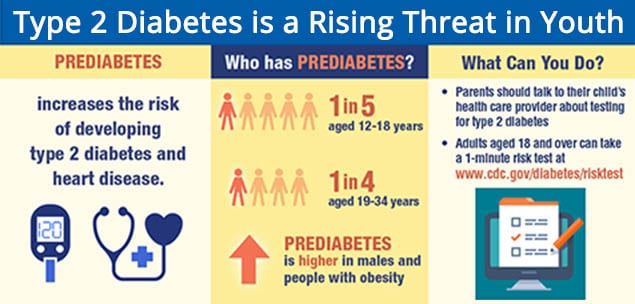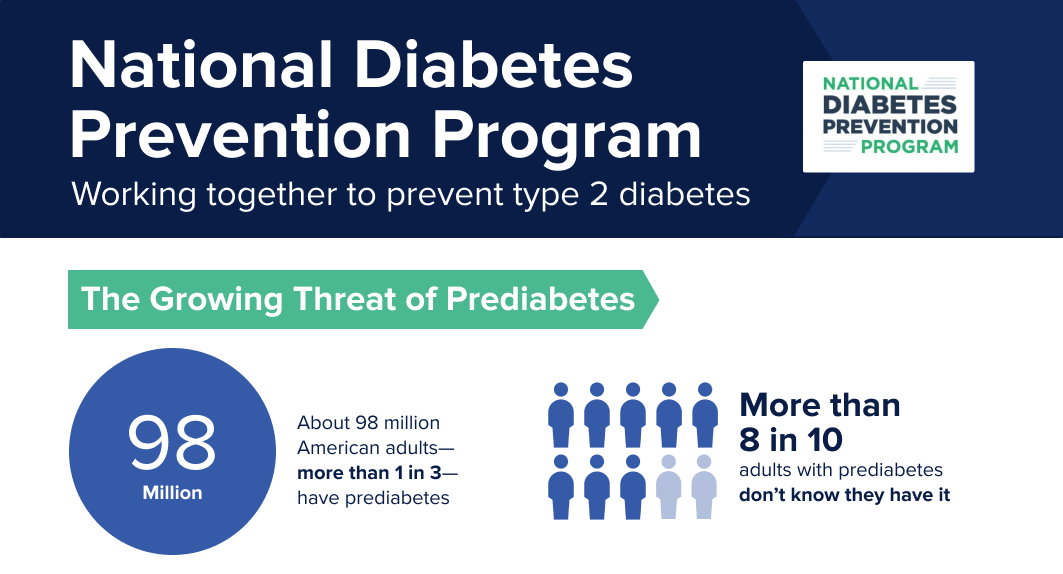Uncover the mysterious rise of Type 1 diabetes. Is it genetics, environment, or something else entirely? Find out now!
Table of Contents
- Introduction: A Growing Concern
- Understanding Type 1 Diabetes
- The Role of Insulin
- Why Are Cases Increasing?
- Identifying Juvenile Diabetes
- Signs and Symptoms to Watch For
- Dealing with Diabetes Daily
- Can Type 1 Diabetes be Prevented?
- Diabetes and Your Friends
- Cool Inventions for Managing Diabetes
- Research and Hope for the Future
- Possible Diabetic Complications
- Summary: Making Sense of It All
- FAQs: Questions Kids Might Ask
Introduction: A Growing Concern
Have you ever heard more and more kids talking about type 1 diabetes? It seems like it’s becoming quite common these days. Let’s take a closer look at why this is happening and what it means for kids like you.
Type 1 diabetes is a serious condition that is on the rise, and this is something we all need to pay attention to. Understanding why more and more kids are being affected by this autoimmune disease is crucial for our health and well-being.
So, why is type 1 diabetes becoming a growing concern in our world today? Let’s delve into this together to learn more about what’s going on and how it might impact us.
Understanding Type 1 Diabetes
In simple terms, type 1 diabetes is a condition where the body stops making a vital substance called insulin. But what exactly is diabetes, and why does the body act this way? Let’s break it down for you.
What is Diabetes?
Imagine your body as a well-oiled machine that needs fuel to keep running smoothly. That fuel comes from the food you eat, which gets turned into a type of sugar called glucose. Now, think of insulin as the key that unlocks the cells in your body to let this glucose in for energy. Without this key, the glucose piles up in your blood, causing problems.
The Autoimmune Mix-up
In kids with type 1 diabetes, something goes haywire. The immune system, which usually fights off germs to keep you healthy, mistakenly attacks the cells in the pancreas that produce insulin. This confusion leads to a shortage of insulin, causing blood sugar levels to rise and wreak havoc on the body.
The Role of Insulin
Insulin plays a crucial role in managing our blood sugar levels. But what exactly is insulin and why is it so important for our bodies?

Image courtesy of www.cdc.gov via Google Images
What is Diabetes?
First, let’s understand what diabetes is. Diabetes is a condition that affects how our bodies use sugar for energy. When we eat food, our body breaks down the sugars into glucose, which is a type of sugar that gives us energy. Insulin is a hormone that helps our body’s cells absorb and use this glucose for energy.
The Autoimmune Mix-up
In the case of type 1 diabetes, something called an autoimmune response happens in our bodies. Our immune system, which is meant to protect us from harmful invaders like bacteria and viruses, mistakenly attacks the cells in our pancreas that produce insulin. This attack damages these cells, leading to a lack of insulin production.
Without enough insulin, the glucose from our food cannot be properly used by our cells for energy. This results in a buildup of sugar in our blood, leading to high blood sugar levels. Over time, high blood sugar levels can cause serious health complications.
Why Are Cases Increasing?
Have you ever wondered why more and more kids are being diagnosed with type 1 diabetes? There are a few reasons experts think might explain this rise in cases.
Type 1 Diabetes Mystery
First of all, the exact cause of type 1 diabetes is still a bit of a mystery. It’s like trying to solve a puzzle where some pieces are missing. Scientists are working hard to fill in those missing pieces to better understand why some kids develop this condition.
Changing Environment
Another possible reason for the increase in type 1 diabetes cases is our changing environment. The world we live in today is different from the world our grandparents grew up in. Factors like what we eat, how much we move, and even the air we breathe can play a role in whether someone develops diabetes.
Genes and Family History
Genes also play a part in the likelihood of someone getting type 1 diabetes. If someone in your family has type 1 diabetes, you might have a higher chance of getting it too. While we can’t change our genes, understanding our family history can help us take steps to stay as healthy as possible.
These are just a few ideas about why cases of type 1 diabetes are on the rise. Remember, scientists are always working to uncover more answers to help us better understand and manage this condition.
Identifying Juvenile Diabetes
When it comes to type 1 diabetes, kids and teens are often the ones who find themselves facing this health condition. Juvenile diabetes, another name for type 1 diabetes, is typically diagnosed in young people. Let’s explore how doctors identify and diagnose this condition in children and teenagers.

Image courtesy of bronxjournal.com via Google Images
Diagnosing Diabetes
When a child or teen shows symptoms like extreme thirst, frequent urination, unexplained weight loss, and constant hunger, parents might take them to a doctor to figure out what’s going on with their health. The doctor will likely ask for blood tests to check the sugar levels in the blood. If the results show high levels of sugar, it could be a sign of diabetes.
Difference from Adult Diagnosis
Unlike adults who may develop type 1 diabetes later in life, children and teenagers are usually diagnosed at a younger age. While the symptoms might be similar, the impact of this condition can be more challenging for young individuals who are still growing and developing. Treating and managing juvenile diabetes in kids and teens requires special care and attention from healthcare providers and parents.
Signs and Symptoms to Watch For
If you’re worried about having type 1 diabetes, there are a few signs your body might be trying to tell you something important. One big clue is feeling thirsty all the time and needing to pee a lot more than usual. You might also notice yourself feeling extra tired, even when you’ve had a good night’s sleep. Another sign could be losing weight without trying, which might seem strange. If you start feeling hungrier than usual but still lose weight, it’s time to pay attention.
Sneaky Symptoms to Look Out For
Some symptoms might not seem like a big deal, but they could actually be a signal that something’s off. For example, if you notice your vision gets blurry or if you’re feeling tingling or numbness in your hands or feet, it’s essential to let a grown-up know. Feeling very itchy or having a dry mouth, skin, or eyes could also be signs that your body needs some extra care. Being grouchy or having a hard time concentrating might seem like typical kid stuff, but it could actually be linked to type 1 diabetes.
Listening to Your Body
Your body has a way of letting you know when things aren’t quite right. Pay attention to what it’s telling you and don’t be afraid to speak up if something seems off. Talking to a parent, teacher, or another adult you trust about how you’re feeling is crucial so they can help you figure out what’s going on. Remember, taking care of yourself means listening to your body and getting the help you need.
Dealing with Diabetes Daily
Living with type 1 diabetes means learning to juggle a few extra tasks to keep everything in balance. Let’s take a peek into what a typical day might look like for a kid with diabetes.

Image courtesy of www.cdc.gov via Google Images
Checking Blood Sugar
One of the most important things for someone with diabetes is to keep track of their blood sugar levels. This involves using a small device called a glucose meter to prick a finger and get a drop of blood. The meter then tells them if their blood sugar is too high or too low.
Taking Insulin
Insulin is a hormone that helps the body use sugar from food for energy. Since kids with diabetes don’t make enough insulin on their own, they need to take insulin shots or use an insulin pump to regulate their levels. It’s like giving their body a boost to do what it can’t do by itself.
Balancing Food and Play
Eating healthy foods that are low in sugar and high in nutrients is crucial for managing diabetes. Along with food, physical activity is essential for staying healthy too. Finding the right balance between food intake, insulin doses, and playtime is key to feeling good and having fun throughout the day.
Can Type 1 Diabetes be Prevented?
When it comes to type 1 diabetes, many people wonder if there’s anything that can be done to stop it from happening in the first place. Let’s take a look at what experts currently believe.
Current Thoughts on Prevention
As of now, there isn’t a surefire way to prevent type 1 diabetes. Scientists are still trying to understand why the body’s immune system turns against itself, causing this condition. However, there are a few theories about what might play a role in triggering the immune system to attack the pancreas.
Family History and Genetics
One factor that seems to increase the risk of developing type 1 diabetes is having a family member with the condition. This suggests that genetics may have a part to play in why some people are more likely to get it than others.
Environmental Triggers
Experts also think that certain environmental factors could potentially trigger the immune system to attack the pancreas in people who are genetically predisposed to type 1 diabetes. These triggers could include viruses or other infections that somehow confuse the immune system.
| Reasons for the Rise in Type 1 Diabetes | Explanation |
|---|---|
| Increase in Autoimmune Disorders | Autoimmune disorders are on the rise, leading to an increase in type 1 diabetes cases as it is an autoimmune condition. |
| Genetic Predisposition | Genetic factors play a significant role in the development of type 1 diabetes, and the prevalence of these genes may be increasing. |
| Obesity Epidemic | Obesity is a risk factor for developing type 2 diabetes, but it is also linked to an increased risk of type 1 diabetes. |
| Environmental Factors | Exposure to certain environmental factors such as viruses or toxins may trigger the autoimmune response leading to type 1 diabetes. |
| Improved Diagnostics | Better diagnostic tools and increased awareness may be contributing to the higher detection rates of type 1 diabetes cases. |
Lifestyle Factors
While lifestyle choices like diet and exercise play a bigger role in type 2 diabetes, they may still have some impact on the likelihood of developing type 1 diabetes. Eating a healthy diet and staying active are always good ideas for overall health.
Overall, even though there’s no guaranteed way to prevent type 1 diabetes, staying healthy and taking care of your body is crucial. And who knows—scientists might still uncover new ways to prevent it in the future!
Diabetes and Your Friends
It’s important to understand how type 1 diabetes may affect some of your friends. If you have a friend who has type 1 diabetes, there are a few things you can do to support them.

Image courtesy of www.healio.com via Google Images
Being a Supportive Friend
First and foremost, it’s crucial to be understanding and patient with your friend who has type 1 diabetes. Remember that they might need to take breaks to check their blood sugar or have a snack to keep it stable. Your friend might feel different or left out at times, so showing them kindness and inclusion can go a long way.
Learning About Diabetes
If your friend is comfortable sharing, ask them about their diabetes. Learn how they manage it and what signs they need to watch out for. Knowing more about diabetes can help you understand what your friend is going through and how you can help them if they ever need assistance.
Remember, having type 1 diabetes doesn’t define your friend—it’s just one part of who they are. By being supportive, understanding, and educated, you can make a huge difference in your friend’s life and show them that you care.
Cool Inventions for Managing Diabetes
Living with type 1 diabetes can be challenging, but thanks to some amazing inventions, managing this condition has become a little easier. Let’s take a look at some cool gadgets and tools that help people with diabetes keep their blood sugar levels in check.
Insulin Pumps
One of the most significant inventions for managing type 1 diabetes is the insulin pump. These small devices deliver insulin continuously throughout the day, eliminating the need for multiple injections. Insulin pumps can help maintain stable blood sugar levels and provide more flexibility in meal planning and physical activity.
Continuous Glucose Monitors
Continuous glucose monitors (CGMs) are another groundbreaking invention that has revolutionized diabetes management. These devices continuously track blood sugar levels and provide real-time readings, allowing individuals to make immediate adjustments to their insulin doses or food intake. CGMs have transformed the way people monitor their blood sugar and have reduced the need for frequent finger pricks.
Smart Insulin Pens
Smart insulin pens are a modern take on traditional insulin pens. These pens can track insulin doses, provide reminders for injections, and even sync with smartphone apps to monitor blood sugar levels. Smart insulin pens help simplify the insulin injection process and ensure that individuals are taking the correct doses at the right times.
Artificial Pancreas Systems
Artificial pancreas systems combine insulin pumps with continuous glucose monitors to create a fully automated system that mimics the function of a healthy pancreas. These systems can predict blood sugar levels and adjust insulin delivery accordingly, reducing the risk of dangerous highs and lows. Artificial pancreas systems offer a hands-free approach to diabetes management and provide more consistent control over blood sugar levels.
These inventions, along with many others, have transformed the way people with diabetes manage their condition. By utilizing these tools and technologies, individuals can lead healthier and more fulfilling lives while effectively monitoring their blood sugar levels and insulin intake.
Research and Hope for the Future
Scientists all around the world are working tirelessly to understand why more kids are being diagnosed with type 1 diabetes and to find ways to prevent it. Their ultimate goal is to discover a cure so that children can live healthy and happy lives without the challenges of this condition.

Image courtesy of www.cdc.gov via Google Images
The Quest for a Cure
Research on type 1 diabetes is ongoing, with brilliant minds investigating every aspect of the disease. They are looking for clues on how to stop the body’s immune system from attacking itself and destroying the insulin-producing cells in the pancreas. Imagine a world where kids no longer have to worry about checking their blood sugar levels or giving themselves insulin injections!
Promising Discoveries
Despite the complex nature of type 1 diabetes, recent breakthroughs have offered hope for a brighter future. Scientists have developed innovative technologies like continuous glucose monitors and smart insulin pumps to help manage diabetes more effectively. These advancements make it easier for kids to monitor their blood sugar levels and adjust their insulin doses with greater precision.
Community Support and Advocacy
Additionally, there are organizations dedicated to supporting families affected by type 1 diabetes and advocating for more research funding. By raising awareness and funding, these groups play a crucial role in advancing the search for a cure. Kids and their families are not alone in facing the challenges of type 1 diabetes – there are many people out there fighting alongside them.
Possible Diabetic Complications
Living with type 1 diabetes means taking great care of your body to stay healthy. But sometimes, even with the best efforts, diabetes can lead to some tough problems. Let’s take a look at the possible diabetic complications:
Eye Troubles
Your eyes are like a camera capturing all the amazing sights around you. But when diabetes sticks around for a while, it can affect the way your eyes work. High blood sugar levels might cause blurry vision, trouble seeing at night, or even serious eye conditions like diabetic retinopathy. That’s why it’s super important to get regular eye check-ups to keep your vision crystal clear!
Heart Concerns
Your heart works hard to keep your entire body going strong. But diabetes can put some extra stress on it. High levels of blood sugar can over time harm your heart and its blood vessels, upping the chances of heart attacks, strokes, and other heart problems. That’s why it’s crucial to eat healthy, exercise, and keep an eye on your blood sugar levels to keep your heart happy!
Kidney Issues
Your kidneys work nonstop to filter waste and extra fluids from your blood, keeping you healthy. But when diabetes tags along for years, it can take a toll on these important organs. High blood sugar can damage the tiny blood vessels in your kidneys, leading to issues like kidney disease. To protect your kidneys, make sure to drink plenty of water, eat balanced meals, and get your blood sugar checked regularly!
Remember, by being mindful of your body and managing your diabetes well, you can lower the chances of these complications happening. Your health is your top priority, so keep up the great work in taking care of yourself!
Summary: Making Sense of It All
In this blog post, we’ve explored the reasons behind the rising cases of type 1 diabetes, particularly in kids. We learned that type 1 diabetes is an autoimmune condition where the body mistakenly attacks itself, specifically the cells that produce insulin.
What is Diabetes?
Diabetes is a condition where the body has trouble regulating blood sugar, which can lead to various health issues. In the case of type 1 diabetes, the body’s immune system gets confused and attacks the cells that make insulin, a hormone that helps control blood sugar levels.
The Autoimmune Mix-up
Due to this autoimmune mix-up, the pancreas can no longer produce insulin, which results in high blood sugar levels. Without insulin, the body’s cells don’t get the energy they need to function properly, causing a range of symptoms like increased thirst, frequent urination, and fatigue.
It’s essential for children and teens to understand the signs and symptoms to watch out for, as quick diagnosis and treatment are crucial in managing juvenile diabetes. Implementing daily routines such as checking blood sugar levels, taking insulin, and balancing food and activity are vital in managing diabetes effectively.
While it may not be possible to prevent type 1 diabetes, ongoing research is dedicated to finding ways to lower the number of new cases and ultimately, a cure. Special gadgets and tools have been developed to help individuals manage their diabetes better, making life with diabetes more manageable.
In tough times, it’s important for children to show empathy and support towards friends with type 1 diabetes. By understanding the condition and providing encouragement, kids can make a positive difference in the lives of those living with diabetes.
Lastly, knowing about the possible diabetic complications that can arise over time is important, as it highlights the importance of managing diabetes effectively and promptly seeking medical attention when needed.
FAQs: Questions Kids Might Ask
What is Diabetes?
Diabetes is a condition where your body has trouble managing sugar in your blood. There are different types of diabetes, and type 1 diabetes is when your body stops making a hormone called insulin that helps control your blood sugar levels.
The Autoimmune Mix-up
When you have type 1 diabetes, something called an autoimmune reaction happens. This means your body’s defense system, which usually fights off germs, mistakenly attacks the cells in your pancreas that make insulin. Without enough insulin, your blood sugar can get too high, causing problems in your body.





